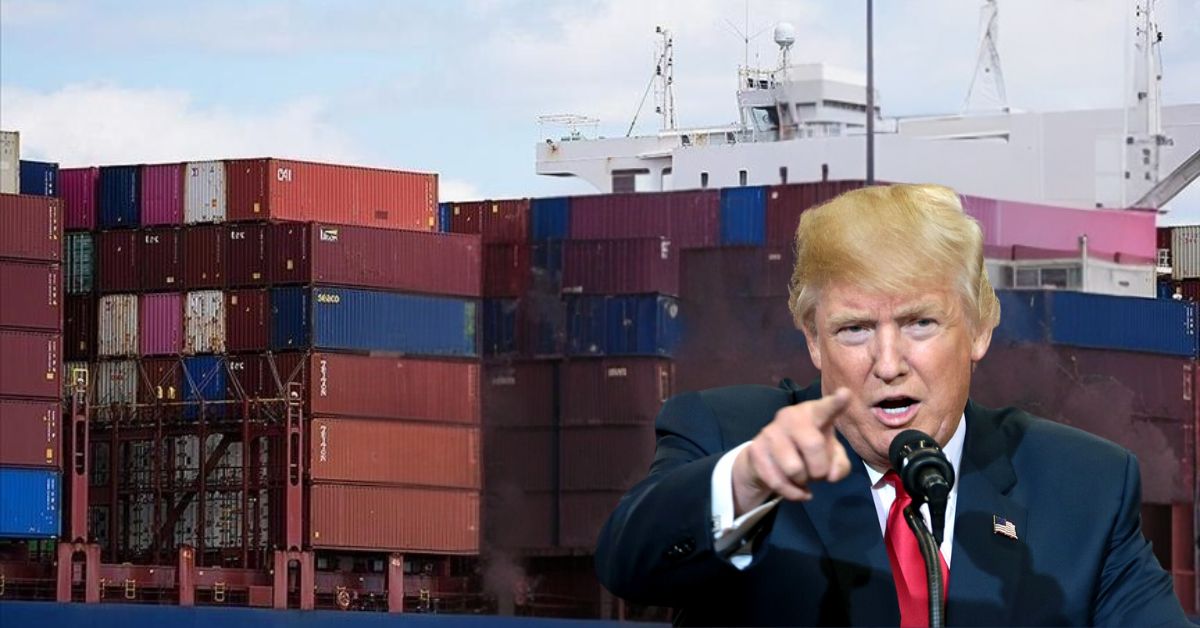Experts Predict Tariffs– Global trade is increasingly defined by tariff, and their role in shaping economies has become more pronounced than at any moment in recent history. From Washington to Brussels, policymakers are grappling with the questions: How do tariffs affect inflation at home? And what do they mean for international alliances, particularly across the European Union?
As debates intensify, experts warn that trade disputes are no longer simply about protecting domestic industries. Instead, tariffs are emerging as critical levers for economic policy, capable of driving up consumer prices in the United States while restructuring industrial strategies within the European Union.
Understanding Tariff in the Global Landscape
A tariff is a tax imposed on imported goods, designed to protect domestic industries or extract revenue. While commonly seen as economic tools, tariffs carry tremendous political weight. They not only alter consumer prices but reshape supply chains and diplomatic relationships.
Why Tariffs Matter More Today
- Global inflation is at its highest in decades, raising urgent concerns about affordability.
- Trade disputes between the US, China, and EU have escalated, with tariffs at the center.
- Supply chain disruptions following the pandemic made economies more sensitive to trade frictions.
Table: Key Impacts of Tariffs Across Economies
| Region | Impact on Economy | Key Result |
|---|---|---|
| United States | Higher prices for imports | Rising inflation |
| European Union | Export retaliation & industrial shifts | Restructured supply chains |
| Developing Nations | Reduced trade competitiveness | Economic slowdown & rising deficits |
Tariff and US Inflation: The Domestic Trade-Off
One of the most pressing debates is how tariff influence inflation in the United States. While designed to boost domestic industries, tariffs can paradoxically raise consumer prices.
How Tariffs Affect Prices
- Import costs are passed directly to consumers.
- Companies reliant on global supply chains face higher production expenses.
- Retaliatory measures from foreign partners restrict imports, reducing competition.
Case in Point: Technology and Consumer Goods
When tariffs were imposed on Chinese electronics, US consumers faced higher costs on items like smartphones and laptops. Instead of protecting domestic producers (which are limited in this sector), tariffs squeezed households already facing inflationary pressures.
Tariff Ripple Effect in the European Union
The European Union is acutely impacted by American tariff policies—both directly, through targeted goods, and indirectly, via shifting global supply chains.
Industry Vulnerabilities
- Automotive Sector: German automakers face import tariffs in the US, disrupting one of Europe’s strongest industries.
- Agriculture: European producers experience reduced competitiveness in global food markets when tariffs are raised.
- Energy Imports: The EU’s reliance on foreign energy suppliers makes tariff disputes a double-edged sword.
Policy Response
Europe often retaliates with countermeasures, resulting in trade wars that further complicate the global economy. This tit-for-tat escalation risks weakening Europe’s industrial base while pushing companies to diversify away from traditional transatlantic markets.
Tariff and Global Supply Chains
One of the most significant consequences of tariffs lies in the restructuring of international supply chains.
- Regionalization: Tariff encourage companies to relocate production closer to target markets.
- Diversification: Corporations are seeking alternative suppliers in Southeast Asia and Latin America.
- Resilience vs. Cost: Building local supply chains improves resilience but often raises production costs.
This explains why tariffs, even when imposed for domestic protection, often backfire by embedding long-term inefficiencies into global commerce.
Inflationary Pressures and Consumer Impact
When discussing tariff and inflation, it’s essential to recognize that these policies aren’t abstract—they have tangible implications for everyday people.
Consumer Goods That Get More Expensive
- Electronics
- Clothing and textiles
- Automobiles
- Food imports (coffee, wine, specialty goods)
When prices go up, households reduce discretionary spending, which in turn slows down overall economic growth.
Tariff as a Geopolitical Tool
Beyond economics, tariff act as instruments of foreign policy. Governments use them to extract concessions, punish behavior, or realign alliances.
US–China Trade War
This was a classic example of tariffs being weaponized, creating ripple effects throughout the global economy. It reshaped global trade routes and highlighted the vulnerability of nations overly reliant on a single trading partner.
EU–US Relationship
Even among allies, tariff create friction. The EU has consistently criticized Washington’s unilateral trade maneuvers. However, these disputes also serve as catalysts for deeper European integration and investment in strategic autonomy.
Winners and Losers of Tariff-Based Economies
Not every sector suffers under tariff. Some industries do benefit, but the distribution is uneven.
Who Wins?
- Domestic steel and aluminum producers in the US.
- European renewable energy firms adapting to subsidy-driven markets.
- Agricultural producers enjoying tariff protections at home.
Who Loses?
- Manufacturers reliant on imports (automakers, electronics).
- Consumers who face rising prices.
- Export-heavy EU economies competing in global markets.
The Future of Tariff in a Shifting Global Order
Experts agree that tariffs are here to stay. Rising geopolitical rivalry and a retreat from globalization mean nations see tariffs as strategic rather than temporary tools.
Possible Future Scenarios
- Decoupling from China – The US may continue tariff to reduce dependency on Chinese imports.
- EU Industrial Strategy – Europe could respond with tariffs of its own to protect green technologies.
- Global Trade Fragmentation – Regional blocs forming separate trade networks, each using tariff defensively.
The outlook suggests tariff will continue shaping inflationary pressures in the US while restructuring the EU’s economy and global standing.
Conclusion: Tariff as Long-Term Economic Reality
The debate is no longer about whether tariff are good or bad—they are now a permanent fixture of trade policy. While intended to shield domestic industries, tariffs frequently raise consumer costs, drive inflation, and challenge alliances across borders.
As geopolitical tensions grow, tariff are shifting from being an occasional policy tool to a long-term strategy shaping the economic destinies of the United States and European Union alike. Understanding their dynamics is essential not only for policymakers but also for businesses and households who feel their impact daily.
